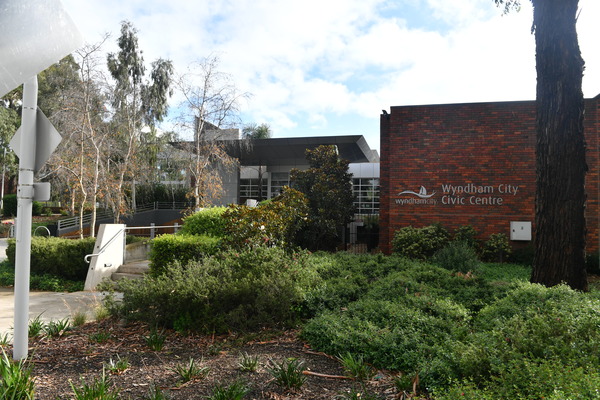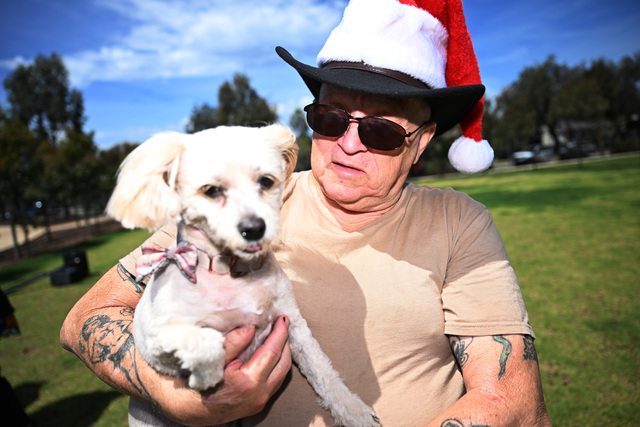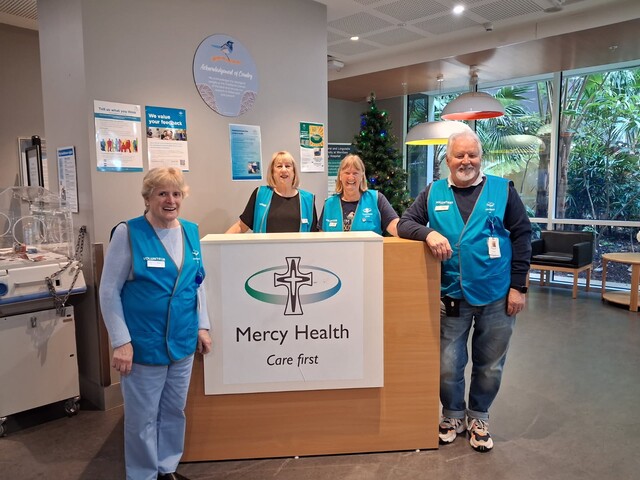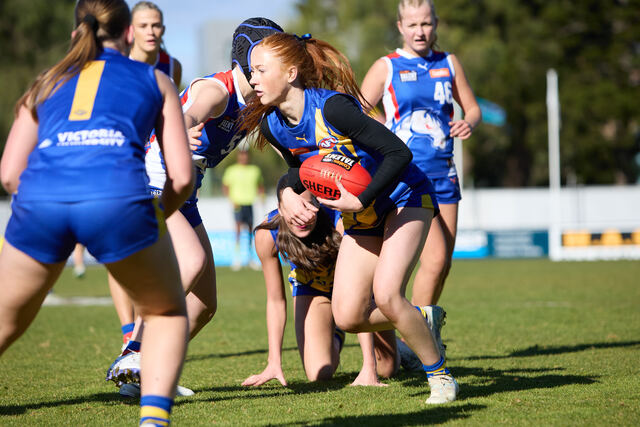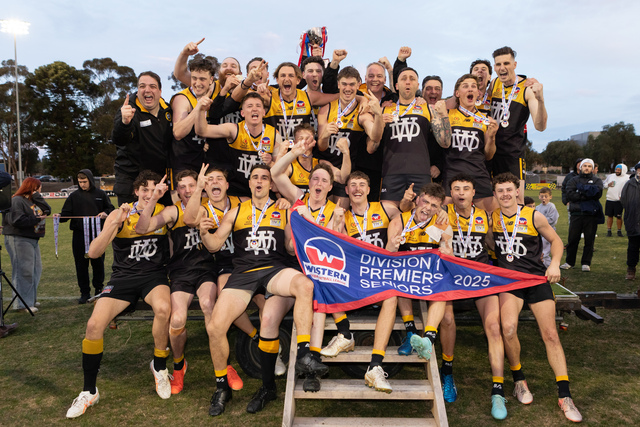Outer growth councils across Melbourne, including Wyndham and Melton, met with state government stakeholders last week during Interface Week.
Interface Week (IFW) 2022, October 18 to 22, provides an important opportunity for representatives of the Interface Councils (IFC) – Mitchell, Hume, Wyndham, Melton, Whittlesea, Nillumbik, Yarra Range, Casey, Cardinia, and Mornington Peninsula – to meet with key State Government stakeholders to outline priorities for 2022.
The current chair of the Interface Councils, Cr Joseph Haweil, mayor of Hume said the week served as a chance for representatives from Melbourne’s outer councils to share our perspectives on the challenges we face every day in building stronger communities.
“We remain committed to working with all levels of government, and strongly support a whole-of-government approach.
“This means none of our communities left behind when and responding to the complex challenges posed by the pandemic, ongoing anxiety due to concerns such as population growth,” Cr Haweil said.
“We know Melbourne’s outer suburbs don’t enjoy the same standard of liveability as other Victorians across a significant number of indicators.
Many of the issues have been further highlighted by other reports such as Infrastructure Victoria’s recent 2021-2051 Strategy.”
Infrastructure Victoria’s latest research, Social infrastructure in Melbourne’s growth areas (released 7 October 2021) also indicates population growth in many of the interface Council areas is rapidly outstripping demand for vital social infrastructure such as libraries and aquatic centres.
Cr Haweil said there was a risk of further widening the disadvantage gap between many newer and established suburbs.
“This is an opportunity for governments to work in partnership to ensure the timely delivery of co-located or integrated facilities that meet rapidly growing community needs and support Victoria’s recovery from the COVID-19 pandemic,” he
said.
Other issues the IFC seeks to spotlight as part of Interface Week 2021, include mental health, family violence, maternal health, and early childhood.
Some of the starker differences between established and new suburbs include:
• More than 40 per cent of residents in the outer suburbs do not live near public transport.
• COVID job losses in the outer suburbs is the highest in the state, with jobs falling by 14.9 per cent.
• Almost one in five people travel more than two hours each day for work and the number of people who travel to work
by car is almost three out of four workers, the highest in the state.
• Residents in the outer suburbs are reporting the highest levels of psychological stress and mortgage stress in the state
yet have access to the lowest levels of GPs and allied health services per 1000 per people.
• While the outer suburbs offer the highest levels of open space in the state, their access to these parks and reserves by foot is significantly limited and during the COVID-19 crisis, this has been a significant disadvantage to physical and mental health.
“We welcome an open discussion with our state government colleagues as we come out of lockdown and return to a more normal life. We know our communities love where they live as much as other Victorians and want their facilities and services and natural environment to echo this,” Cr Haweil said.

